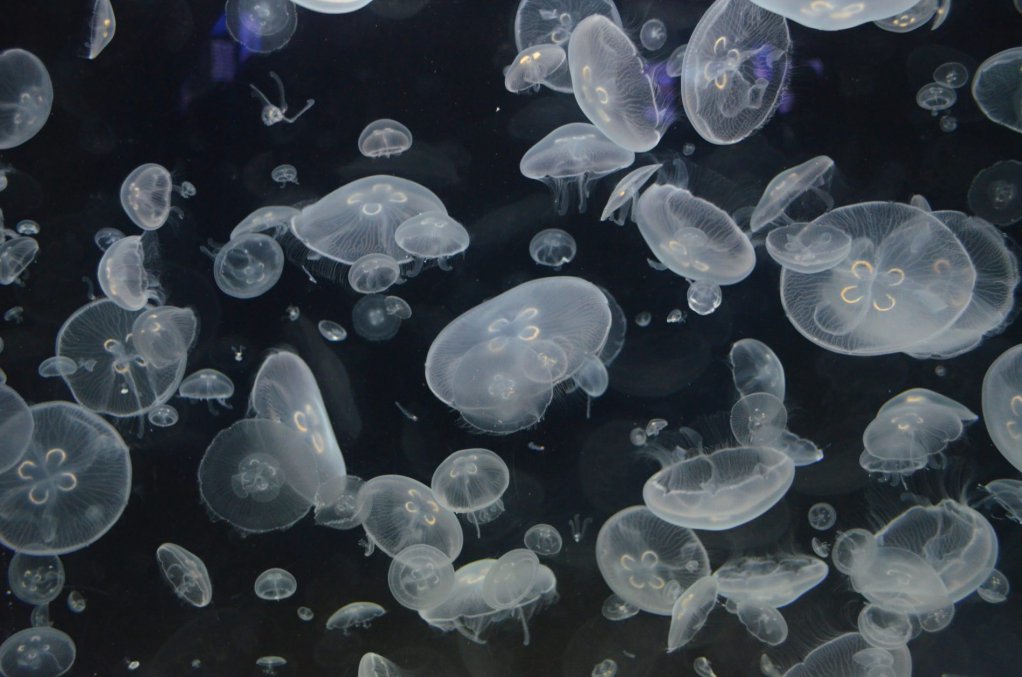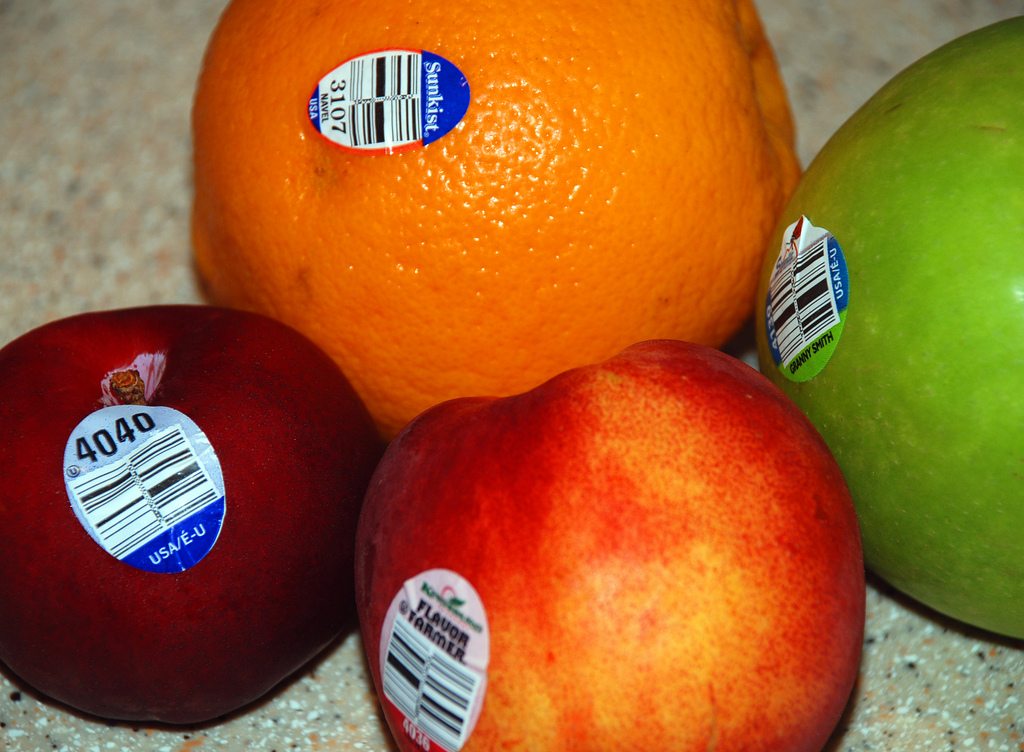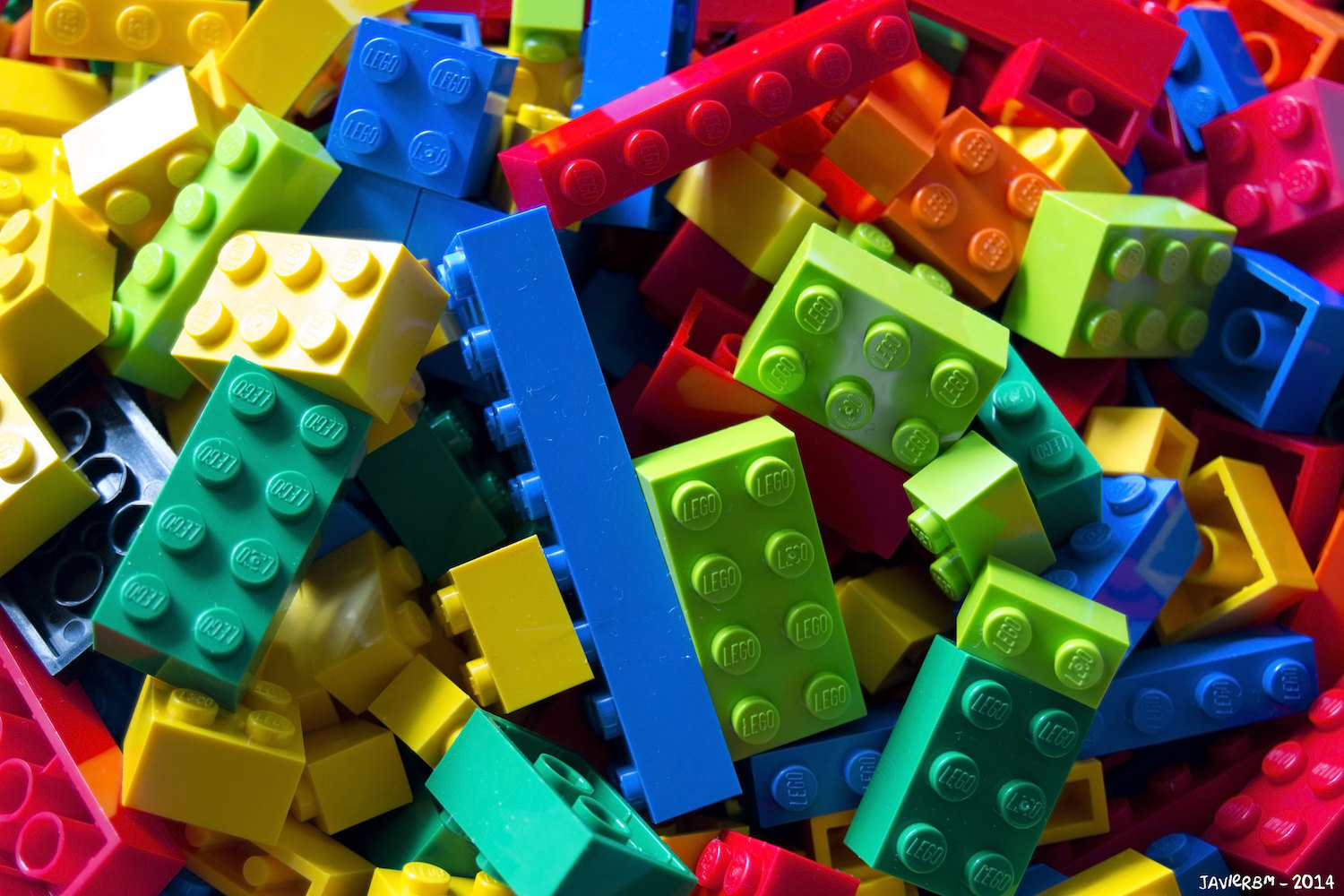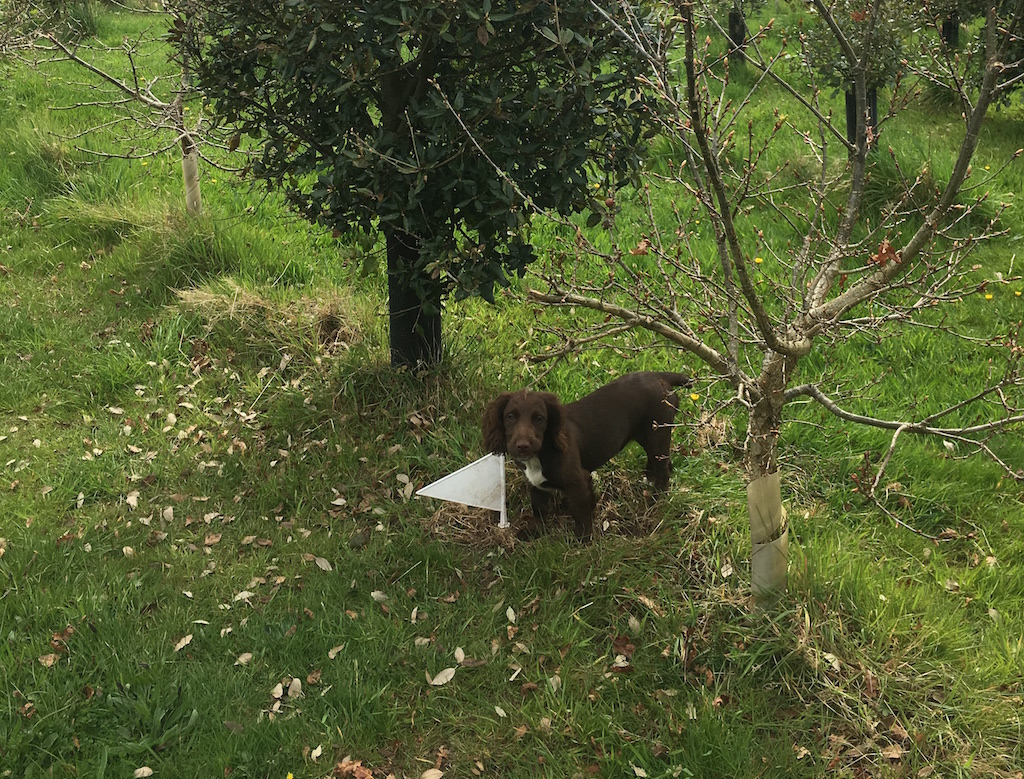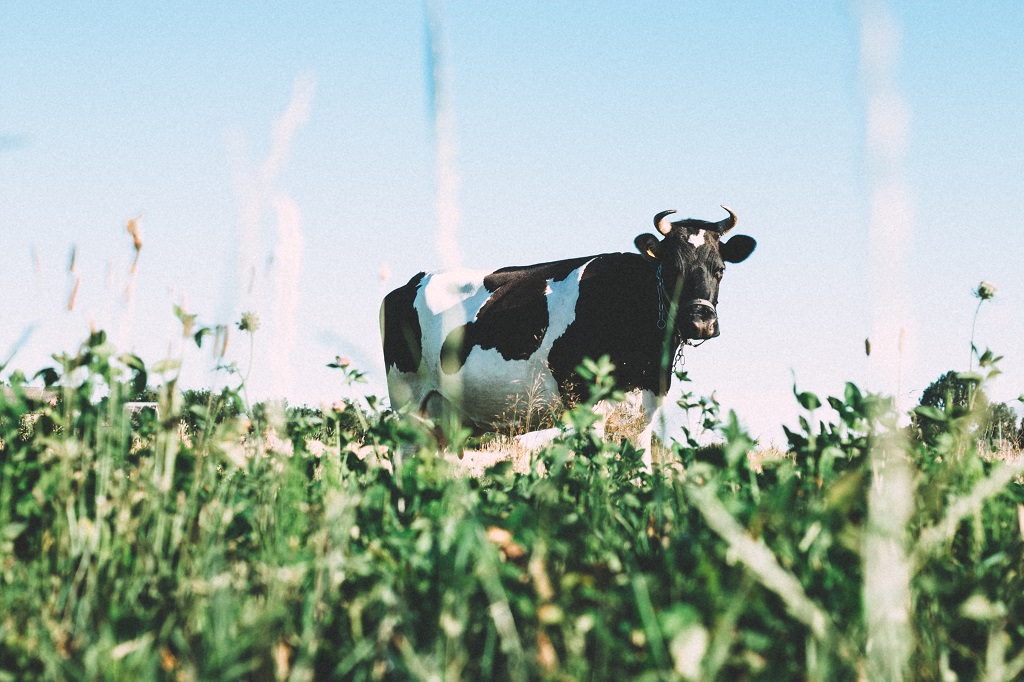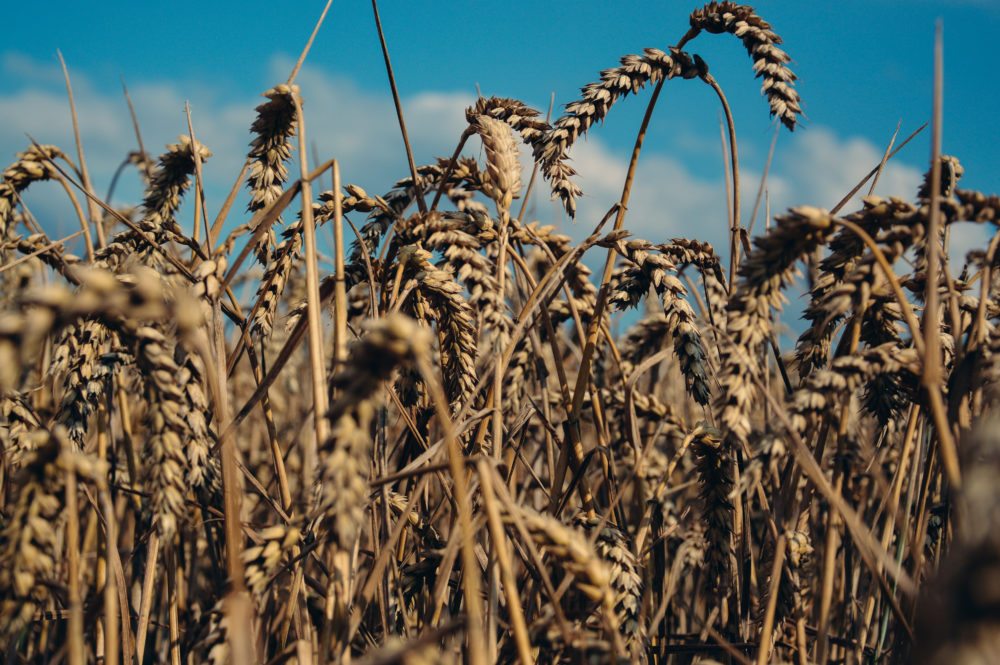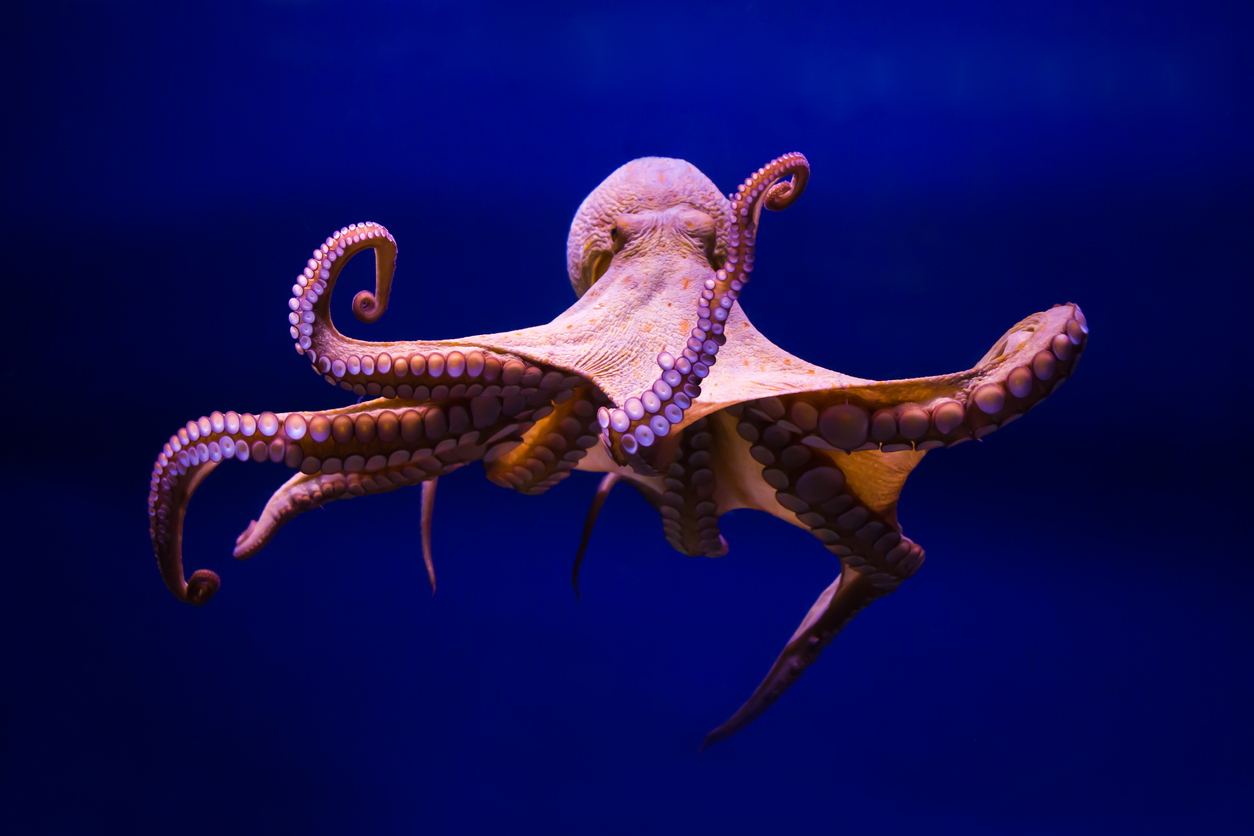Ramps. Truffles. Saffron. Oysters. Some foods seem destined to remain delicacies forever—not because they’re rare, necessarily, so much as too delicate, temperamental, or hard to work with to withstand the rigors of high-volume harvesting and processing. Add to that list the jellyfish, a prized food source in Southeast Asia—one that’s probably stayed a regional speciality because it’s so tricky to prepare.
Traditional jellyfish preparation is notoriously high maintenance. You start by throwing their gelatinous bodies in a solution of water, salt, and alum—then move them through a series of vats, gradually decreasing alum levels while increasing salt. In time, this process breaks down the collagen in the jellyfish’s body, gradually giving it the texture so valued in Japanese cooking: both chewy and crunchy at the same time.
But the process—which takes as long as 35 days, including a two-week dehydration period—is so exacting that at small scale it’s overseen by “jellyfish masters,” specialists that guide the process the way you might with fine cheese or wine. Complicating the picture is the fact that every batch is different. While there are general rules of thumb about how long things will take, there’s no good way to standardize processing en masse.
Commercial-scale jellyfish facilities do exist—think Yellow Tail, not Chateau Margaux—but even they have a hard time producing at scale. At Golden Island International, a jellyfish plant in Darien, Georgia, the creatures have to be soaked in large vats for 7 to 10 days before they’re packed into smaller buckets—where they continue to pickle—and shipped off to the distributors who ultimately wash and pack them. According to Golden Island’s owner Terry Chaung, he’d love to be able to soak his jellyfish for as long as 15 days, which would improve the texture even further. But there isn’t time for that. He’s got to make room for the next batch.
Jellyfish vats at Golden Island International
When they tried dramatically cutting short the amount of processing time, they found encouraging results. Moon jellies left in chilled ethanol for two to three days, then left overnight at room temperature, had the same desirable texture as the same species left in salt and alum for twenty days, and dried over the course of two weeks. That’s a time savings of almost 90 percent.
If it’s true this approach can be used on a commercial scale, it could be good news for people who rely on jellyfish as a food source—and the people who process them for a living. Chaung hadn’t heard about the study, but he told me that the time difference would help him move inventory in and out more quickly, improving cash flow. It might enable the jellyfish to enjoy some popularity outside Southeast Asia. Some fisheries in the southeastern United States have already entered the industry looking for new profit sources, and surely more would join them if the job was easier. There might be sustainability benefits, too: as fish stocks decline worldwide, jellyfish are thriving, to the point that it’s become a concern for ecologists and tourism boards alike.
That’s not to say a booming jellyfish industry would be all good, necessarily. It could harm the sea animals that rely on them for food, and all that corn-based ethanol could create the same land use dilemmas we see elsewhere in animal agriculture. We’ll have to work through the implications later, but the study makes one thing clear: we’re one step closer to jellyfish preparation being the work not of a master, but of a machine.
